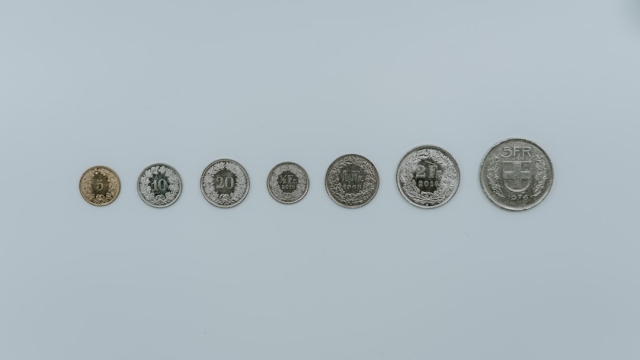
Historical Context of Biblical Artifacts
Ryan Flores -The allure of rare biblical artifacts captivates historians, archaeologists, and enthusiasts alike. These objects not only serve as tangible connections to ancient narratives but also provide insights into the cultures, practices, and daily lives of people during biblical times. From inscriptions to coins, each artifact tells a story that enriches our understanding of history and faith. This article explores the historical context of these artifacts, highlights notable pieces, and offers guidance on where to view or learn more about them.
Historical Context of Biblical Artifacts
Rare biblical artifacts hold immense historical significance as they bridge the gap between ancient texts and modern understanding. Many of these artifacts are linked directly to the narratives found within the Bible, offering a physical representation of the events and customs described in sacred texts. Archaeological discoveries, particularly in the regions historically associated with biblical events, have unveiled a wealth of information about the civilizations that existed alongside the stories of the Bible.
Artifacts such as pottery shards, inscriptions, and ancient coins provide context to the socio-political and economic conditions of the time. These findings help historians piece together the historical landscape in which biblical events occurred, revealing the interactions between various cultures, such as the Israelites, Egyptians, and Romans. The study of these artifacts is crucial for anyone interested in understanding the depth and richness of biblical history.
Notable Rare Artifacts and Their Significance
Among the vast array of rare biblical artifacts, several stand out due to their unique qualities and the important narratives they convey. One such artifact is the Dead Sea Scrolls, a collection of ancient manuscripts discovered in a cave near the Dead Sea. These scrolls, which include some of the oldest known texts of the Hebrew Bible, have transformed our understanding of the development of biblical literature and the diversity of religious thought during the Second Temple period.
Another significant piece is the James Ossuary, a limestone box that purportedly contained the bones of James, the brother of Jesus. This artifact ignited debate regarding its authenticity and implications for early Christianity, highlighting how a single object can influence theological discussions and historical interpretations.
Additionally, coins from biblical times, including those bearing the image of Herod or depicting the Temple in Jerusalem, provide insight into the economic systems and governance of the era. These rare biblical artifacts not only enrich our understanding of the past but also evoke a sense of wonder about the lives of those who walked the earth thousands of years ago.
Where to View or Learn More About These Artifacts
For those eager to explore rare biblical artifacts, there are numerous avenues to delve deeper into this fascinating subject. Museums around the world often feature collections dedicated to ancient history and biblical archaeology. The Israel Museum in Jerusalem, for example, houses the Dead Sea Scrolls and other significant biblical artifacts, providing visitors with an immersive experience into the world of ancient Israel.
In the United States, the Museum of the Bible in Washington, D.C., offers extensive exhibits on biblical texts and artifacts, allowing visitors to engage with the history and impact of the Bible through various artifacts. Additionally, traveling exhibitions often showcase rare biblical artifacts, providing opportunities to view these treasures in various locations.
For those interested in acquiring unique artifacts from the Bible, reputable dealers and auction houses specialize in ancient coins and historical relics. Engaging with knowledgeable experts in the field can enhance one’s understanding and appreciation of these artifacts while ensuring ethical practices in collecting.
In conclusion, rare biblical artifacts serve as vital links to the past, enriching our understanding of biblical narratives and the cultures that shaped them. By exploring these artifacts in museums or exhibitions, individuals can embark on a journey through history that deepens their connection to the biblical world.
For more information on biblical coins and their significance, consider visiting this resource that offers valuable insights into the fascinating realm of biblical artifacts.
You may also like
Archives
- January 2026
- December 2025
- November 2025
- October 2025
- September 2025
- August 2025
- July 2025
- June 2025
- May 2025
- April 2025
- March 2025
- February 2025
- January 2025
- December 2024
- March 2024
- February 2024
- January 2024
- December 2023
- November 2023
- October 2023
- September 2023
- August 2023
- July 2023
- June 2023
- May 2023
- April 2023
- March 2023
- February 2023
- January 2023
- December 2022
- November 2022
- October 2022
- September 2022
- August 2022
- July 2022
- June 2022
- May 2022
- April 2022
- March 2022
- February 2022
- January 2022
